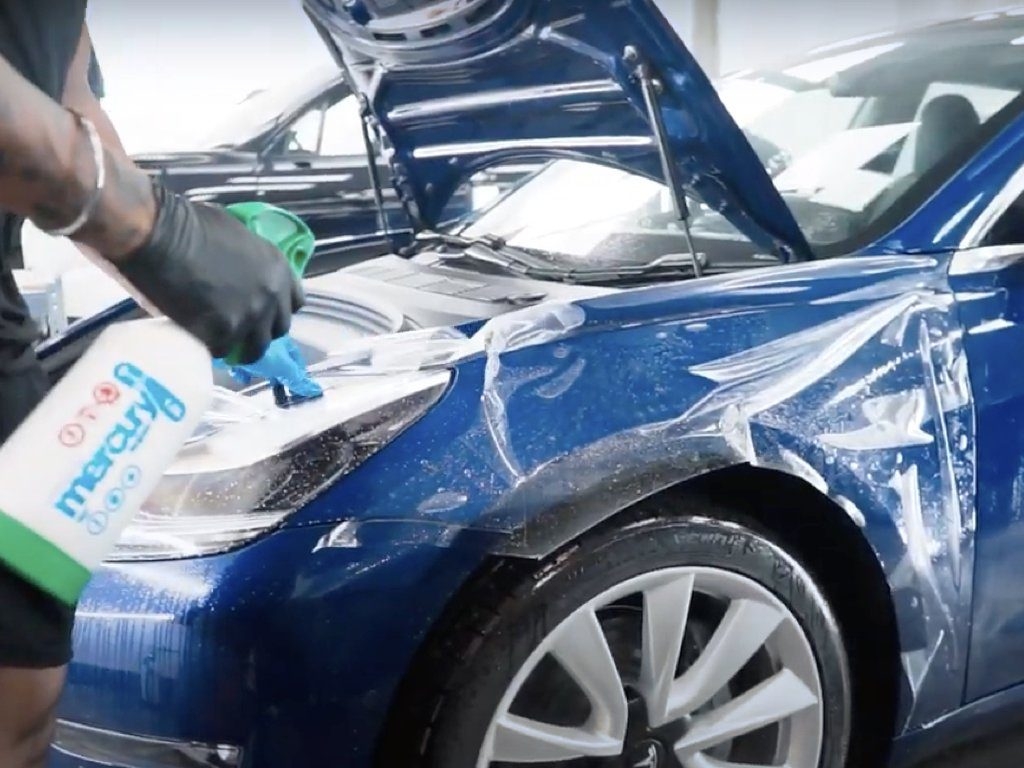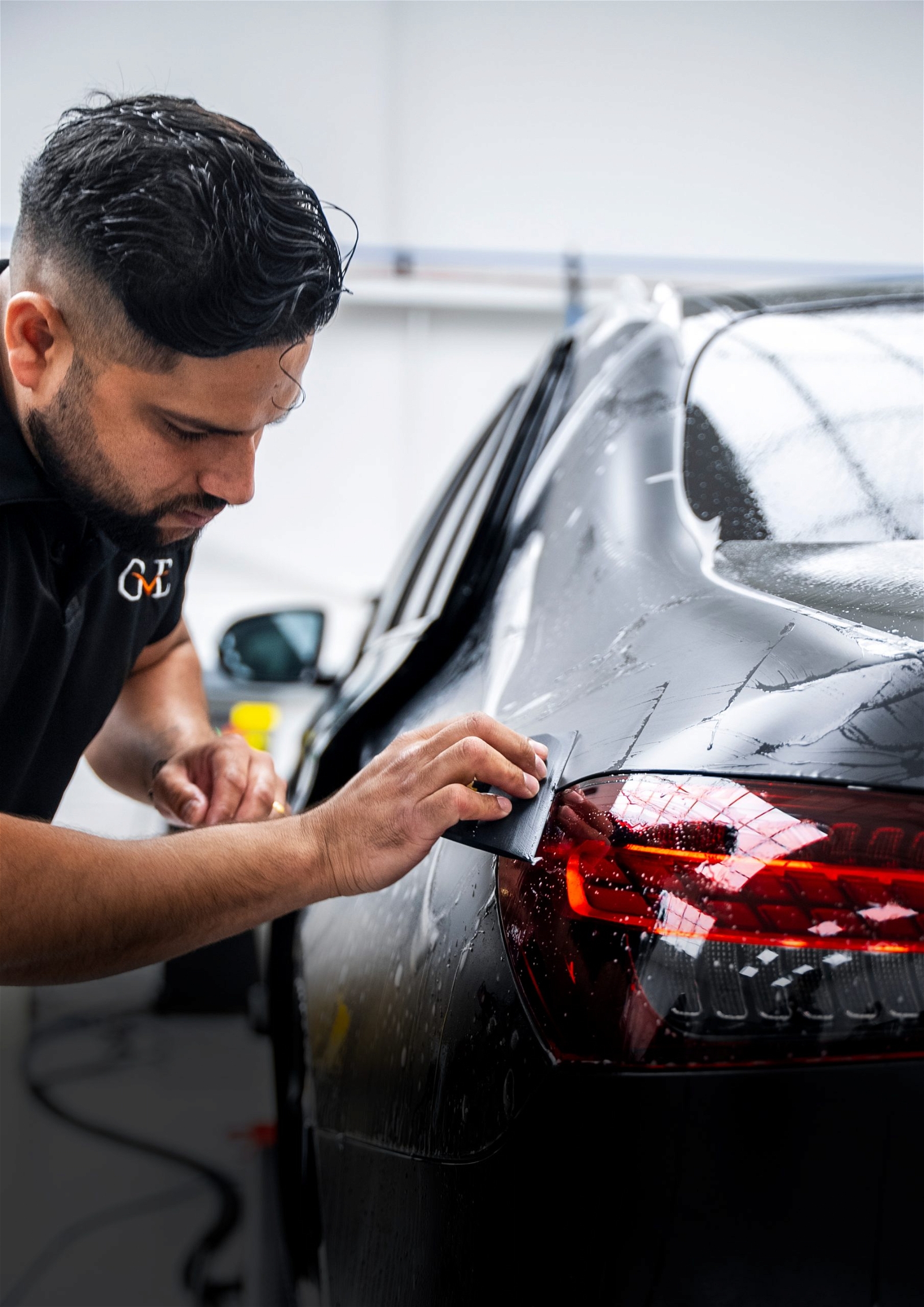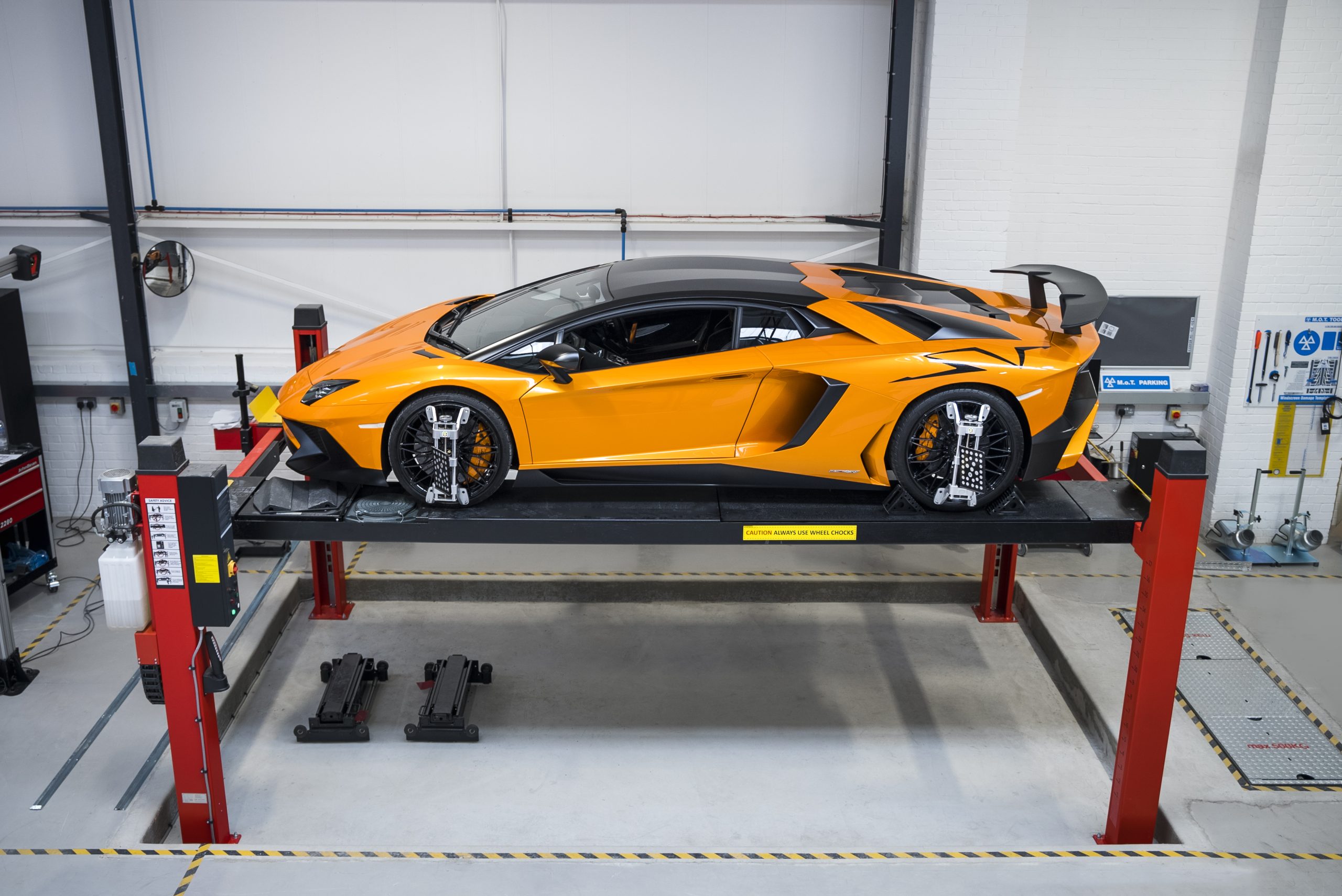Aston Martin and Red Bull's Hypercar: Can they pull it off?
Adrian Newey has designed 10 constructors championship-winning F1 cars. But he’s no dry boffin, as his hopeless love of fast classics shows. Having stepped back from Formula One, he’s now partnered up with Aston Martin on a road going, production hypercar. They announced it this week in the build-up to the Grand Prix. The official codename is AM-RB 001.
Newey certainly has a brain the size of a planet. But building a production car is not at all the same as building a racer. Which is why Aston Martin is vital to the project. This can’t be simply a Red Bull road car. Look at McLaren and Ferrari.
McLaren Automotive (supercar maker) shares an HQ with McLaren Racing (F1 team), but they’re separate entities. Ditto at Ferrari, where the Gestione Sportiva stands cheek-by-jowl with the road car factory and HQ, but the line between them is seldom crossed.
In Woking as in Maranello, it’s different production facilities, workshops, design offices, personnel.
Oh yes in both cases the road car marketers like to make a grand old fuss of their nameplates’ heritage in going round in circles on a Sunday afternoon, but the cold Monday-morning business is a very different thing.
(This would be true whether the F1 cars from either Maranello or Woking were winning or losing. So never mind that the only time a McLaren-Honda gets anywhere near the speed of its rival Mercedes is when they’re inside their respective trucks and convoying out of the paddock on Sunday evening.)
McLaren Automotive is a company making huge strides. Its boss, Mike Flewitt, has told us “McLaren is the world’s most successful motorsport company – it’s won in Formula One, Indy, Can Am and Le Mans. But road and race cars have different technical and marketing challenges.”
A racer doesn’t have to last long: a season at most. Sure in that time it operates at an intensity that’s barely short of explosive. But it’s a predictable sort of intensity, and every moment it’s driven by a multi-million-pound operative and remotely monitored like it was in intensive care. Plus it’s driven only on a smooth track.
By contrast a road car has to last many years out in the wild, under a vastly broader range of conditions. It must cope with having a normal human being at the wheel, one freighted with a mortal’s haphazardnesses and failings.
There are subtler differences around the driver too. Normal people need a car that’s easier to drive. Example: a true racing driver will lap faster in a McLaren 650S GT3 than a P1 GTR, even though the GT3 is straight-line slower. Not so the normal driver, because while the GT3 wants to bite your leg off, the GTR is optimised for the sort of real humans Newey has never needed to compensate for.
And although race car designers must navigate through a thicket of regulations, for road cars it’s a whole forest. Adrian Newey has little experience to make this transition.
Small wonder then that he’s partnered with Aston Martin.
For a start, this will give Newey’s car a doubtless breathtakingly gorgeous visual design. Marek Reichman, Aston’s design director, is at the heart of the new project. Newey says he has been sketching ideas for years, but it seems overwhelmingly likely his technician’s ideas will gain from a visual polish by a studio as accomplished as Aston’s.
The Vulcan project has given Aston crucial experience of making a car that gives driving pleasure to people who are, to be candid, qualified by wealth first and skill second.
Aston Martin’s sales, dealer and distribution network will be on hand to sell the car to squillionaires who they already know. That’s a pretty useful address book to bring to Newey’s table.
Finally, Aston knows how to do this as a business. The One-77 and Vulcan showed the way.
This is definitely not a cost-no-object business. However high the eventual sticker price of the AM-RB 001, I’ll bet my life it will need to be a whole lot cheaper to make than a grand prix car.
Also, Aston has a network of suppliers who can tool-up and make parts in greater numbers than the stuff Formula One teams use, but far smaller than the mass-made bits in usual road cars. Those suppliers are surprisingly hard to find.
Aston Martin has a stated plan, even after it starts making the DBX crossover, to keep building the occasional megacar. And it’s all up for collaborations – remember all those Zagatos.
The idea of Newey designing a road car brings to mind Gordon Murray’s McLaren F1. You might argue that Murray did that car with a tiny team (around seven of them, he’s told me) operating independently. So why can’t Newey?
First Murray used BMW for his engine. Second, the F1 project wasn’t a huge sales success. Murray said afterwards the marketing wasn’t properly thought through. They vaguely had in mind an upper limit of 300 copies, but the actual number of road cars was just 64. With Aston’s expertise, the Newey project’s marketing will be better.
Voices inside Aston have previously told me gleefully that they’d think it the coolest thing on earth to get into bed with Newey and Red Bull. Now, it seems it’s finally happening. Both sides will gain.
Source: www.topgear.com
RECENT POSTS
SERVICES
Contact Us
"*" indicates required fields












